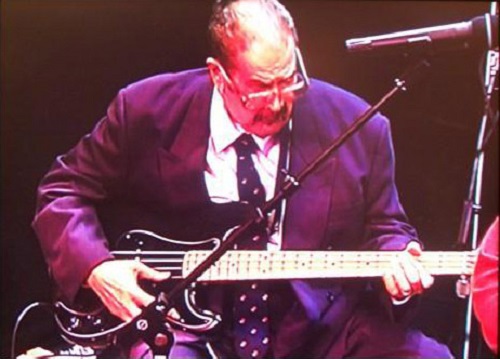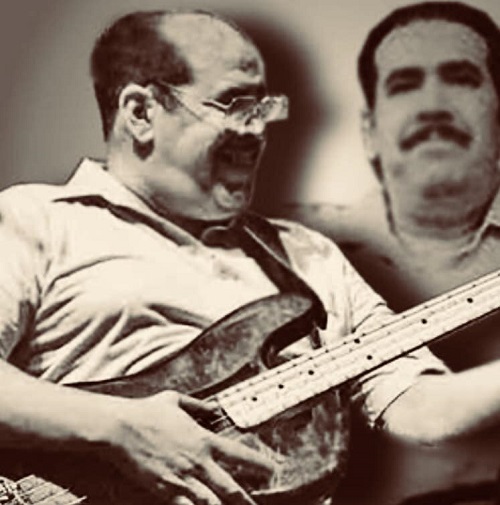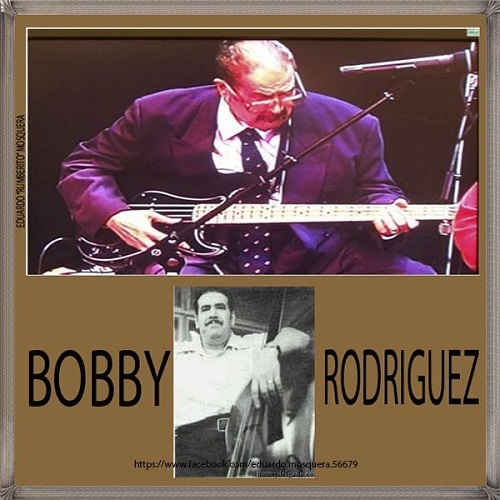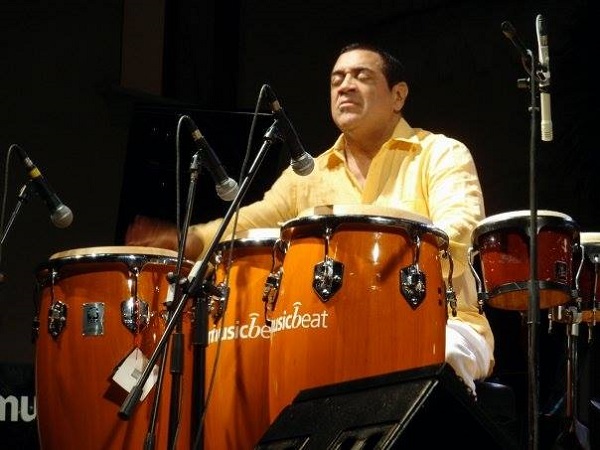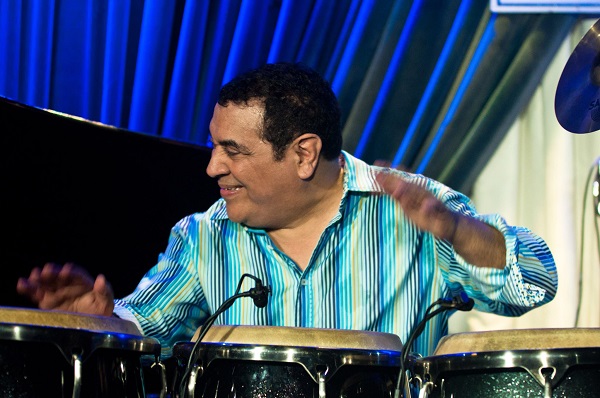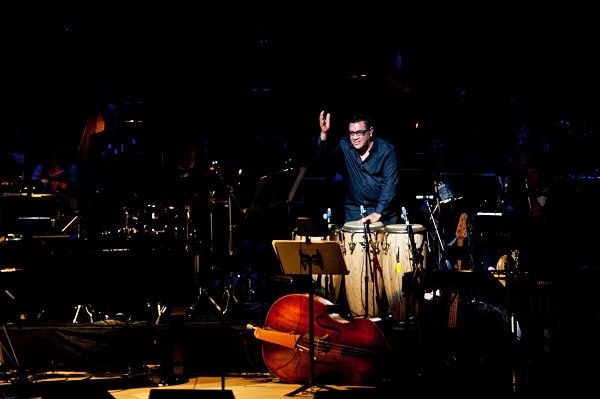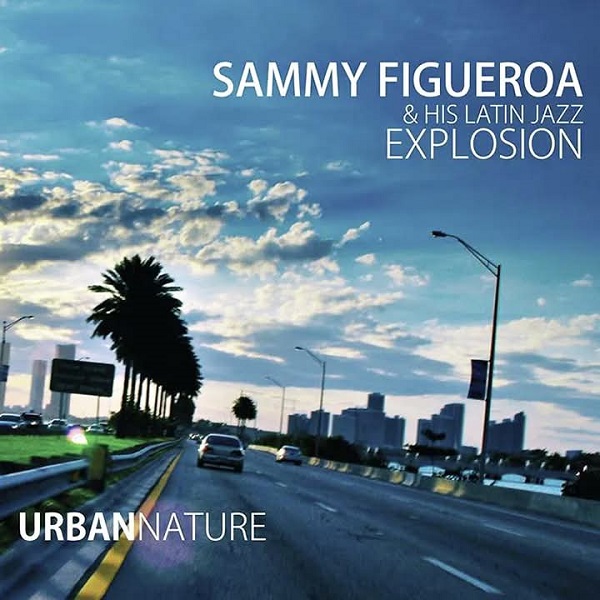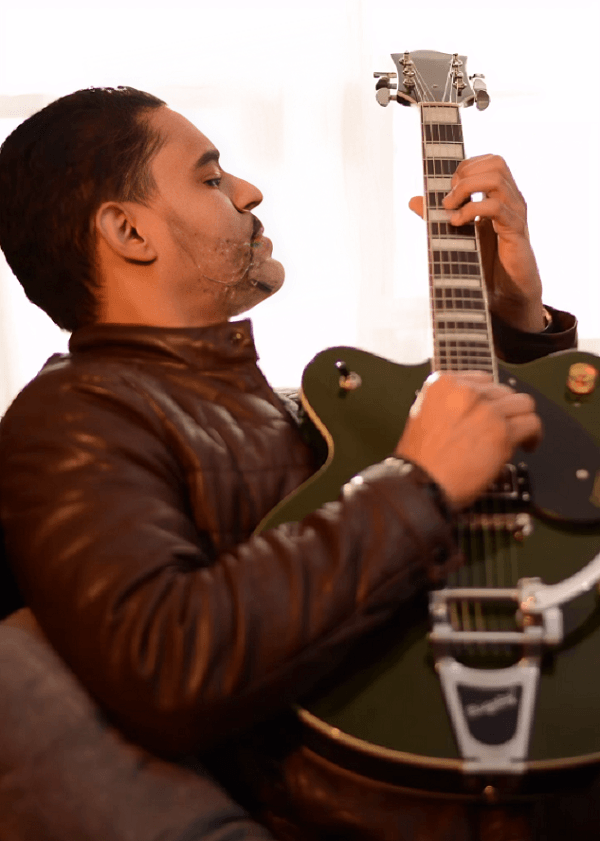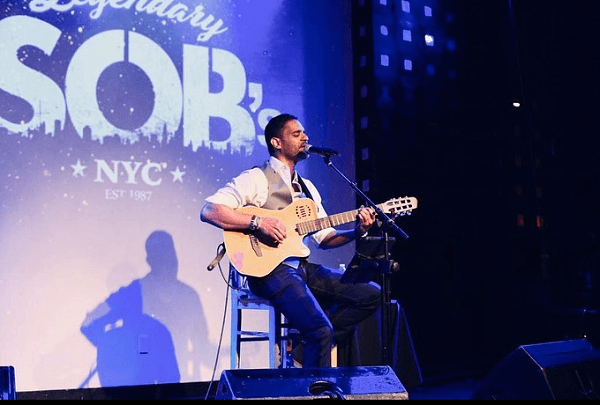The Global Music Awards
The Global Music Awards gave a silver medal to the Fahed Miter and Rubén Blades’s video “¿Qué hemos logrado?” The event took place on January 21 in the city of San Diego, California. The announcement was made as usual through the Global Music Awards’ website, an organization that in 2021 will have 10 years since they started with the awards.
The work behind the video
The video is different from the ones we all frequently watch and instead offers something more experimental. The video’s director was Luis Safa, who used around 800 drawings made with Chinese ink and animated all of them, a task that took months to complete. On the other hand, Safa’s direction it’s not the only remarkable achievement, since the person in charge of the video production was the Latin Grammy nominee and winner of a bronze medal this year at the Global Music Awards, Jorge Castro.
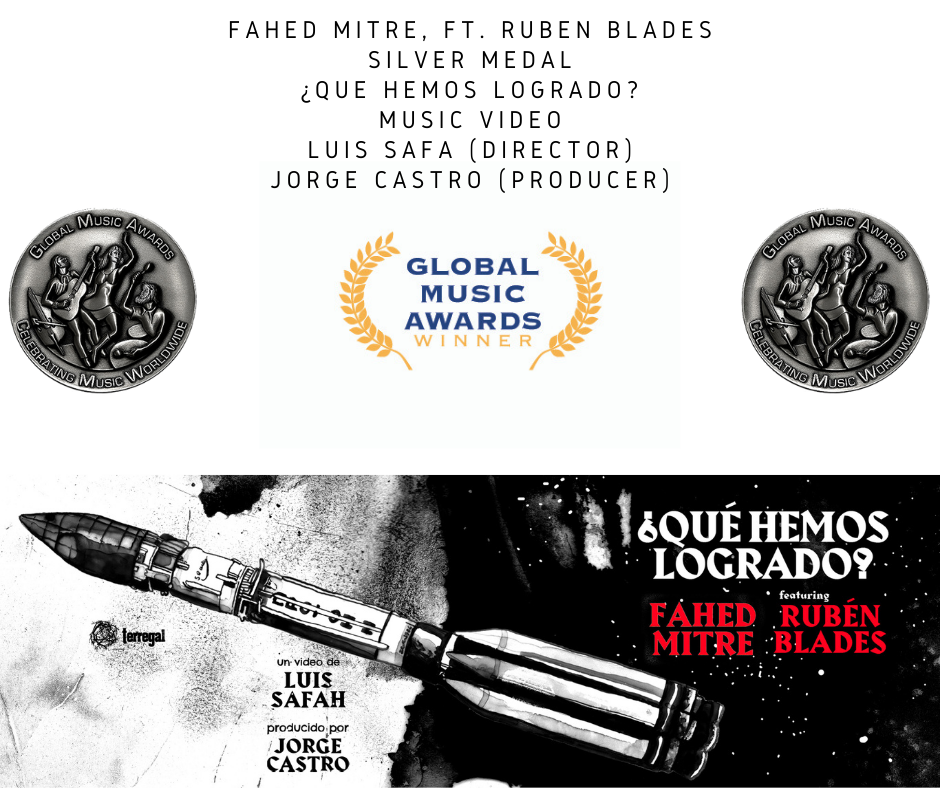
The video production and direction are phenomenal, as are the touching lyrics of the song, which was composed by Fahed Miter. These lyrics intrinsically invite everyone to reflect, while they transmit a clear message in all their verses. In this song, Fahed Miter’s voice sounds soft, with a slight tone that perfectly matches the melody that accompanies it, but as if was not enough, the recognizable voice of the incredibly talented Panamanian musician, Rubén Blades, adds an even more sentimental touch.
Focusing on the music, it also has various merits that are worth mentioning, one of them is the outstanding talent of the musicians that participated in the song, such as bassist John Patitucci and pianist Lito Vitale, both world-class musicians. The arrangements of the song were made by Edín Solís together with Vitale himself, by working together they managed to create the perfect melody for the song. In Fahed’s words, the video is “a perfect marriage between music and images, and it was made thanks to the creative freedom of an excellent team”.
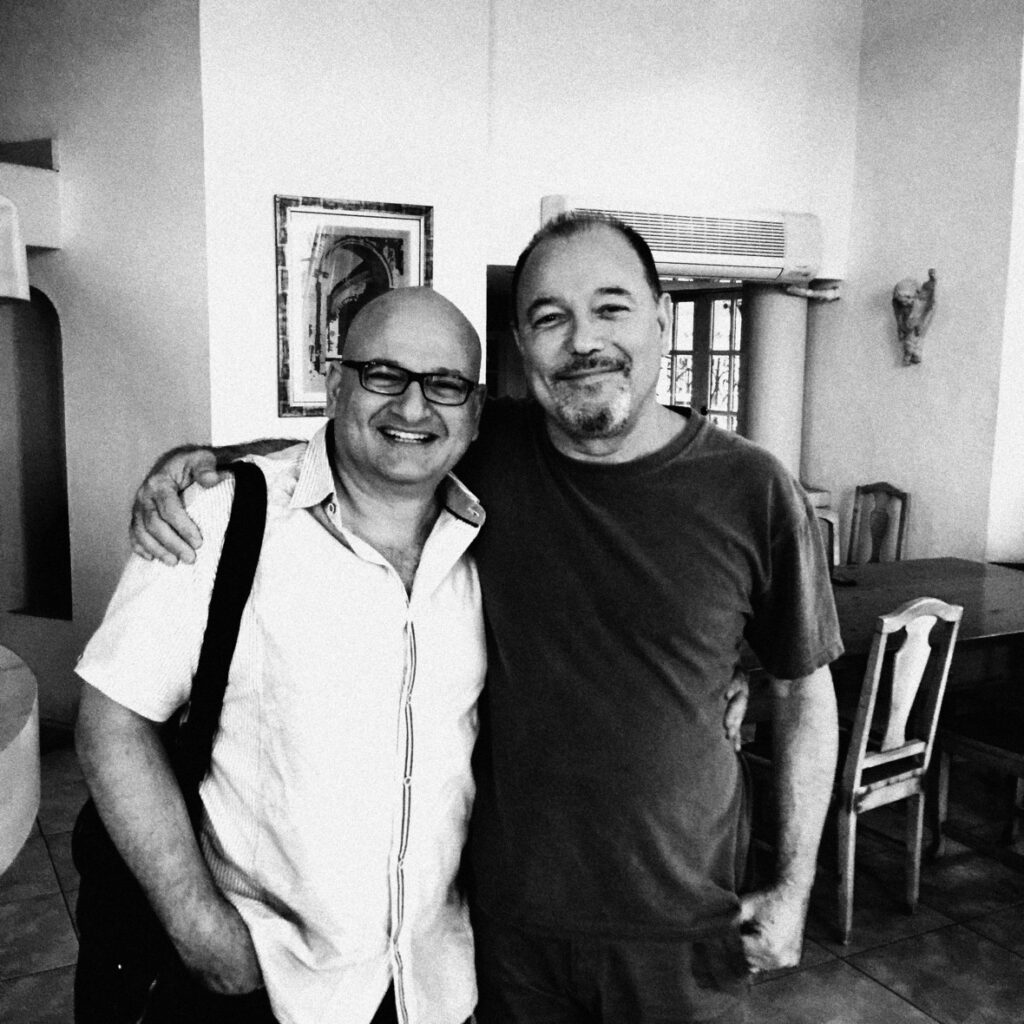
In regards to the video, the author of “piel adentro, corazón afuera”, has expressed that his intentions were doing something different from what is usually seen every day, and by watching the video, we can say that the objective was fulfilled; the result of all the work done is a very original video, one where the tone of the music, the animation of the handmade drawings and the lyrics of the song, manage to create a piece of art worthy of at least a silver medal at the Global Music Awards.
Using his Instagram account, Jorge Castro talked about the video too, while also highlighting how complicated 2020 was: “It is almost a prophetic video since although it was carried out before the global Covid-19 emergency, it fits perfectly for the times that we are living in right now. We must celebrate all the good things we have, but we cannot help but show empathy for the global suffering that this pandemic continues to cause.” I’m sure we will move forward with all of this.”
